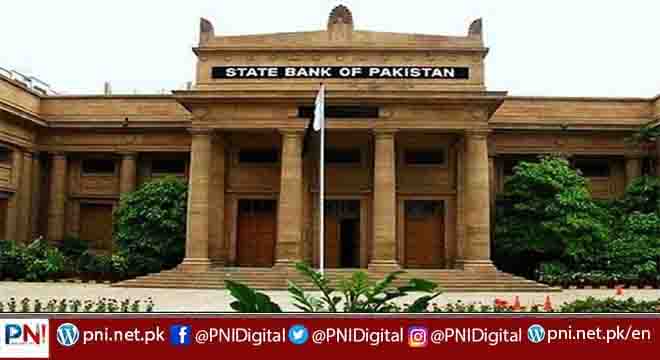Karachi, December 21, 2022 (Online): A combination of both external and domestic factors contributed to higher than projected inflation in FY22, according to Governor’s Annual Report 2021-22 released by the State Bank of Pakistan (SBP) today. In particular, stronger than anticipated domestic demand amid an unexpected fiscal expansion, together with more-than-expected increase in global commodity prices and exchange rate depreciation, were the main drivers of inflation in a year that proved to be exceptionally volatile and challenging for policymakers around the world.
Governor’s Annual Report 2021-22, the first such report by SBP, is published Under Section 39 (1) of the State Bank of Pakistan Act, 1956 (as amended up to January 2022), which requires the Governor to submit annual report to the Majlis-e-Shoora (Parliament) regarding the achievement of the Bank’s objectives, conduct of monetary policy, state of the economy and the financial system. In consideration of this stipulation, as well as SBP’s objectives as set out in section 4(B) of the amended act, the Report is divided into four distinct chapters that shed light on The State of Pakistan’s economy and Financial System; Price Stability and the Conduct of Monetary Policy; Financial Stability; and Measures to Support the Government’s Economic Policies.
The Report notes that average headline National CPI (NCPI) inflation reached 12.2 percent in FY22 from 8.9 percent last year, exceeding the government’s FY22 target of 8 percent as well as SBP’s own inflation projection range of 9-11 percent for the year. As a result, inflation diverged from the objective of price stability, embodied by the government’s medium-term target of 5-7 percent. However, the Report highlights that Pakistan was not the only country where inflation was higher than official forecasts at the beginning of the year, amid a significantly challenging global environment marked by global supply chain disruptions and the Russia-Ukraine conflict.
With domestic demand accelerating faster than expected, driven in large part by an unplanned fiscal expansion in FY22, the rise in global commodity prices resulted in pressures on inflation, the external account and the Rupee as the year progressed. However, the uncertain global exit from the Covid pandemic complicated the timing of policy actions. Nevertheless, the Report notes that SBP moved to counter inflationary pressures from Q1-FY22, with the pace of monetary tightening calibrated in response to the changing outlook and balance of risks to inflation, financial stability, and growth.
Moreover, the frequency of monetary policy committee meetings was also increased from six to eight times a year, with a view to make the process of monetary policy formulation more responsive to the fast-changing situation. Cumulatively, the policy rate was raised by 675 basis points during FY22, in addition to tightening of macro-prudential settings to contain domestic demand, the Report said.
From the perspective of the SBP’s objective of contributing to the stability of the financial system, the Report notes that although there was some stress on financial markets, leading to volatility and pressures on prices of financial assets, they functioned smoothly without any significant disruption. The overall domestic financial sector remained stable and resilient throughout the year as the capital adequacy ratio of banking sector, which has the largest share in the domestic financial sector, remained well above domestic regulatory requirements as well as international standards.
Governor’s Annual Report FY22 also sheds light on the list of measures the SBP took to support the government’s economic policies, in line with its tertiary objective to foster economic development and better utilization of productive resources. In particular, the Report highlights the SBP’s efforts to actively strive to promote financial inclusion, financial development and documentation of financial transactions in the country. These include initiatives aimed at increasing remittances and new investments by overseas Pakistanis courtesy of the Roshan Digital Account scheme and other measures; digitizing of payments through Instant Person-to-Person Payments facilitated by Raast; launch of Banking on Equality policy to improve women’s financial inclusion; and introduction of the Digital Bank framework for the setting up of digital banks in Pakistan.
Looking ahead, the Report notes the significant near-term challenges posed by the continued influence of adverse external and domestic developments, which have been exacerbated by the recent floods. These are manifesting in the form of slowing growth and elevated pressures on inflation and the external position. Navigating these challenges in FY23 will require prudent monetary and fiscal policies, steps to curtail food prices, ensuring that the IMF program remains on track, and the timely materialization of planned external inflows. In order to ensure that the overall import bill remains contained, it will be critical that the envisaged fiscal consolidation is delivered and that strong measures are taken to curtail energy imports. Over the medium-term, in order to avoid a recurrence of boom-busts and to increase the resilience of the economy, structural reforms to boost productivity, export competitiveness, and domestic savings and investment are imperative.
Follow the PNI Facebook page for the latest news and updates.








